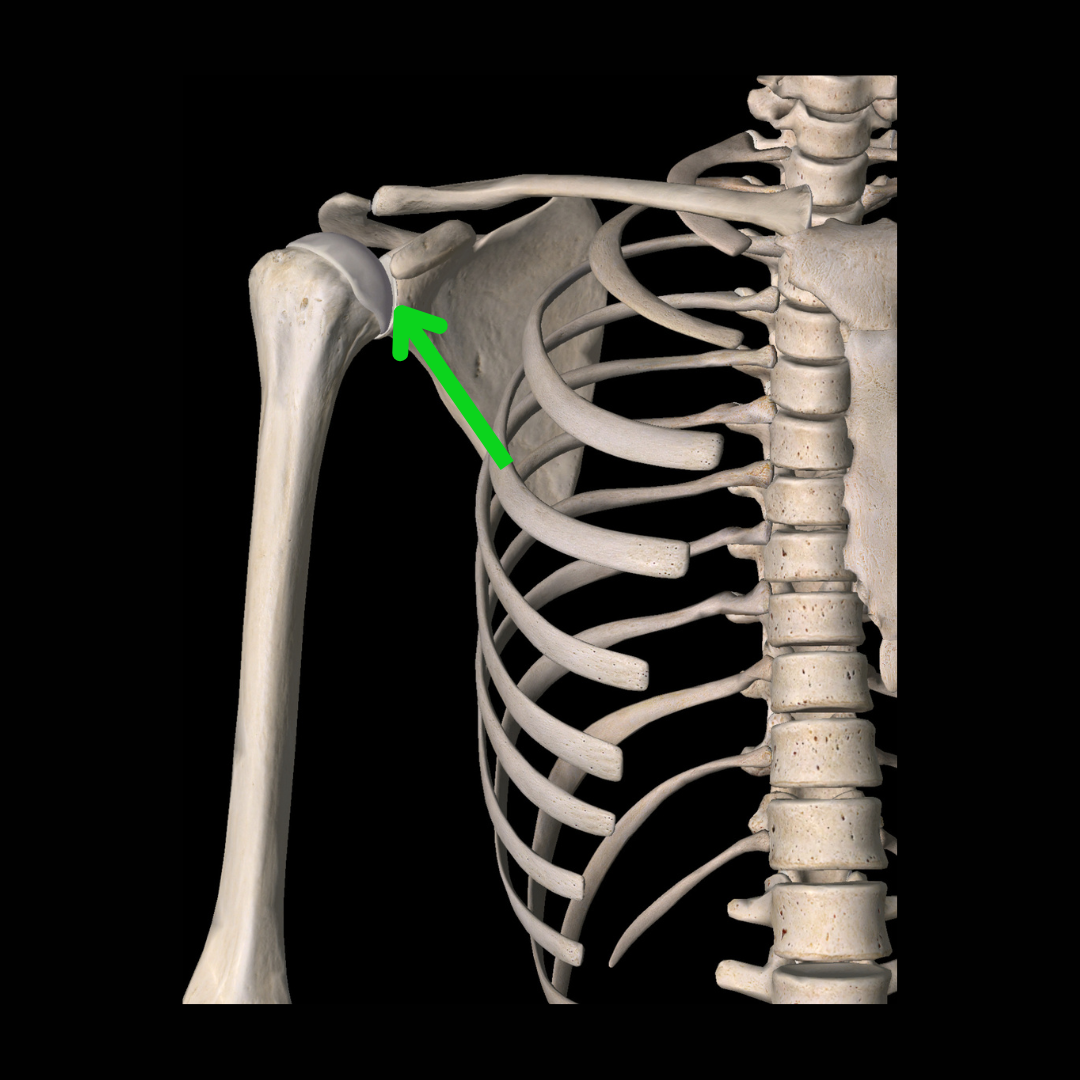Best Shoulder Warm Up Exercises
How to Avoid Shoulder Injury & Exercise Pain-Free
What makes up the shoulder?
The shoulder is a complex joint. It moves in many different planes of motion and combinations of planes of motion! The shoulder is made up of 4 joints: the sternoclavicular joint, acromioclavicular joint, scapulothoracic joint, and glenohumeral joint.
Sternoclavicular Joint
Scapulothoracic Joint
Acromioclavicular Joint
Glenohumeral Joint
Why is it important to take good care of your shoulders?
It’s important to take good care of your shoulders because they’re necessary for overhead motion, weight bearing, gripping, etc.
Why do shoulder injuries happen?
Shoulder injuries occur due to a lack of mobility and/or stability at the shoulder girdle complex. We often see shoulder injuries in athletic environments, such as rock climbing, baseball, tennis, pickleball, and overhead weight training.
It’s important not to neglect the rest of the body, as other parts of the body can affect the shoulder. Very often, there is involvement of the thoracic spine (mid-back) when someone has shoulder pain.
Exercises for Shoulder Mobility
There are lots of options to facilitate shoulder mobility, but below are a few of our favorites. We like to focus on external rotation of the shoulder, which is necessary when your arms are overhead. We also include mobility drills of the thoracic spine (mid-back) since the scapula (shoulder blade) has a special relationship with the ribcage. The ribs are directly connected to the mid-back vertebrae!
Thoracic Spine Extension with PVC Pipe
Shoulder Flexion with PVC Pipe (Optional: With A Weight)
Prone Swimmer’s
How to Increase Shoulder Stability
There are many muscles that help to stabilize the shoulder joint. Namely, it’s important to recruit the posterior rotator cuff muscles, the serratus anterior, and the middle & lower trapezius muscles.
Here are a few of our favorite shoulder stability exercises to help you avoid shoulder injuries!
Prone T’s & Y’s
Banded External Rotation Press
Bottoms Up Kettlebell Arm Bar
Closing Remarks
We hope you found this article helpful. As always, consult with an expert in this field so they can advise and guide you.
If you would like to work with us to avoid shoulder injury, or if you are having shoulder pain with activity, contact us below to speak with a physical therapist.
Disclaimer: This is not intended to be formal medical advice. Your individual needs should be met by the appropriate health care practitioners. Please consult with a trusted provider.
Dr. Paul Nasri, PT, DPT, OCS, COMT
The Game Plan Physical Therapy
Doctor of Physical Therapy
Orthopedic Certified Specialist
Certified Orthopedic Manual Therapist




